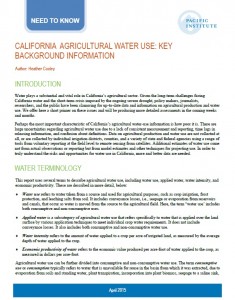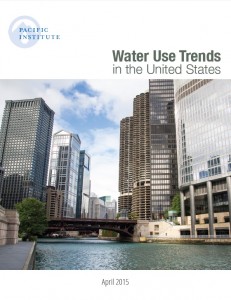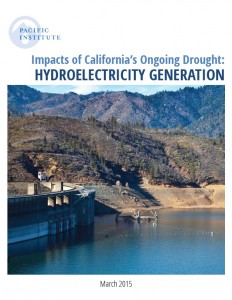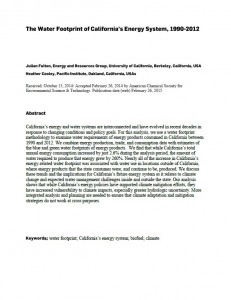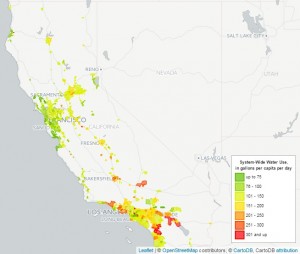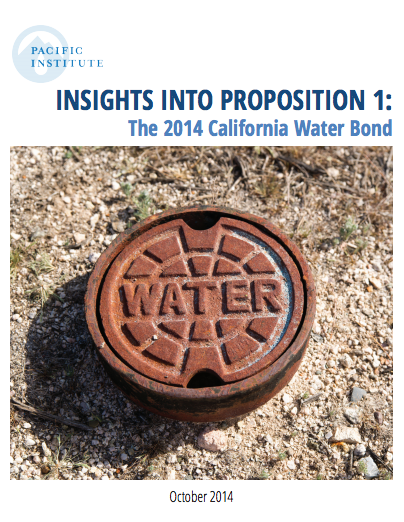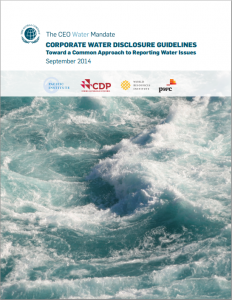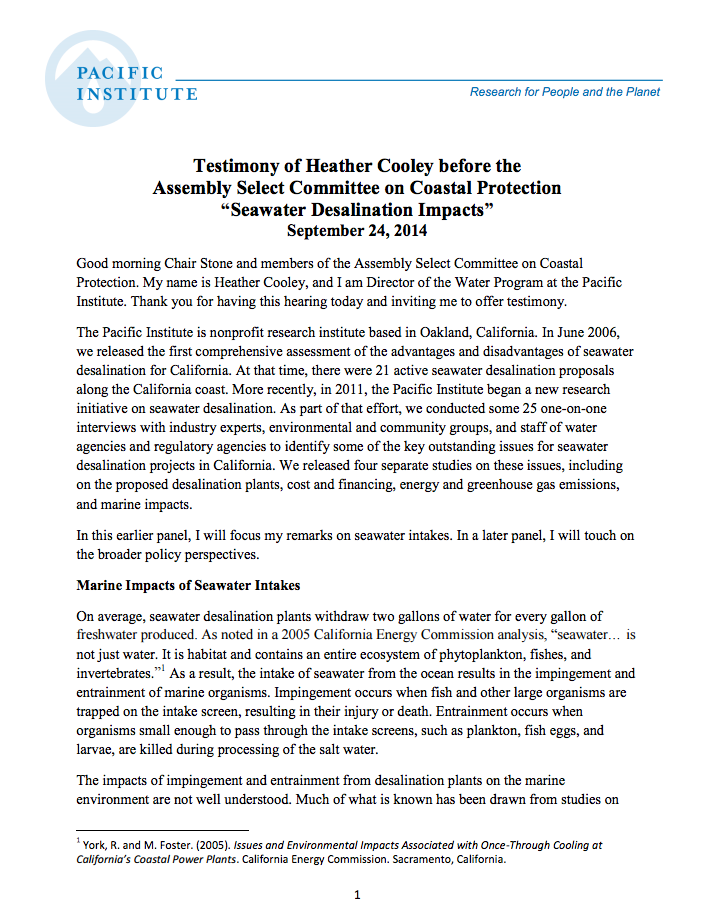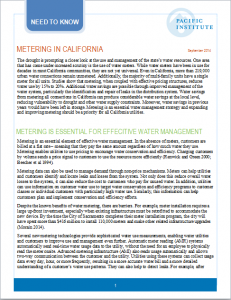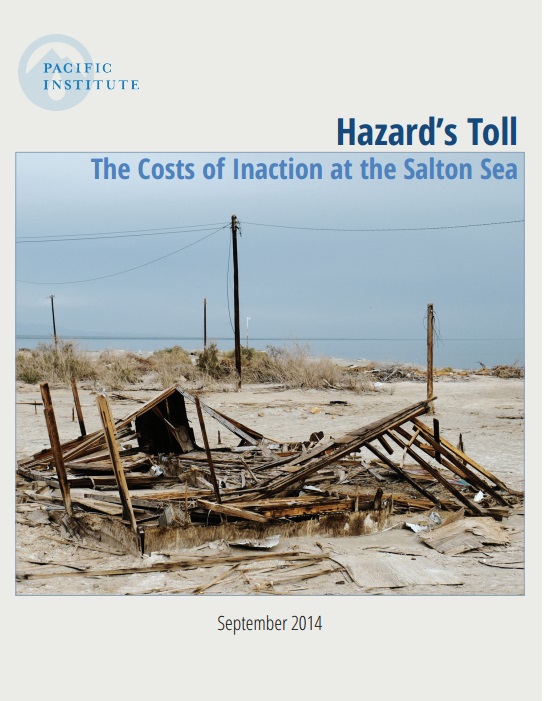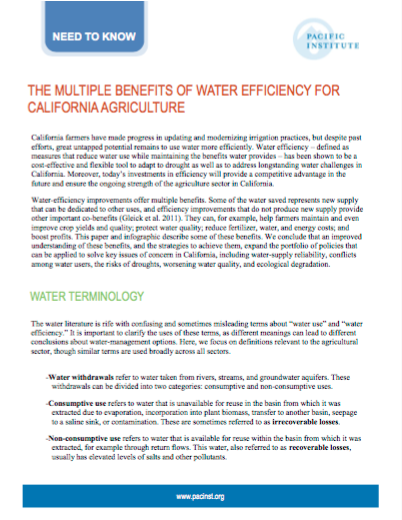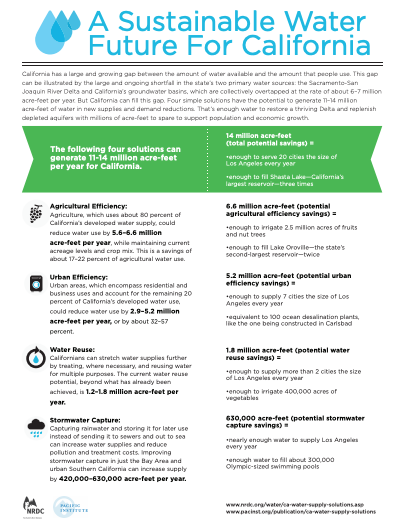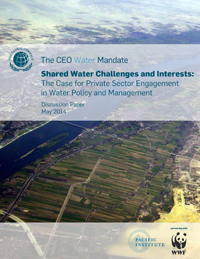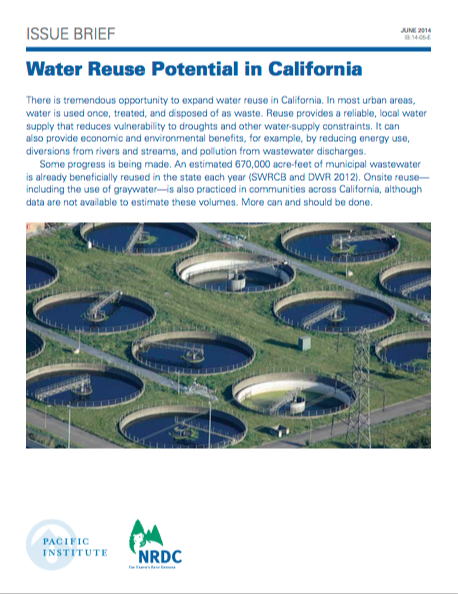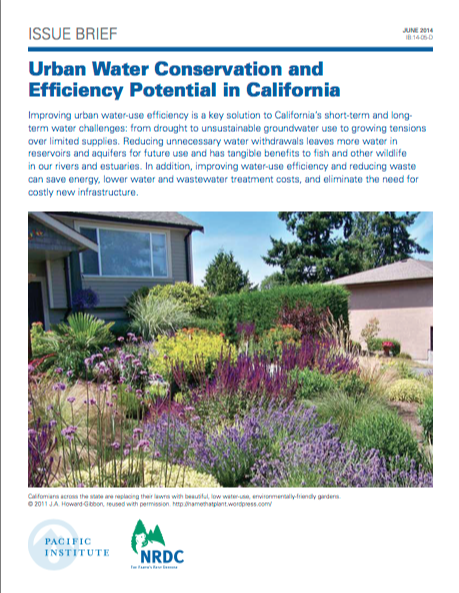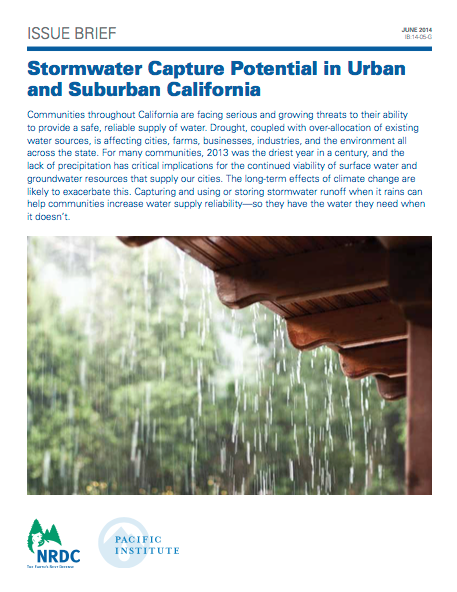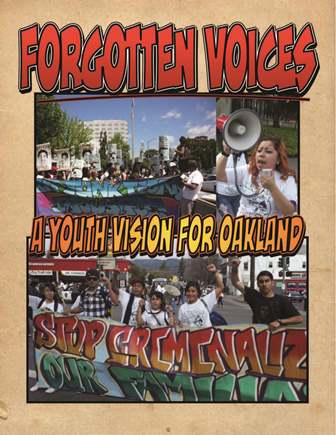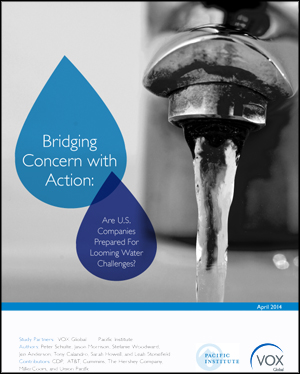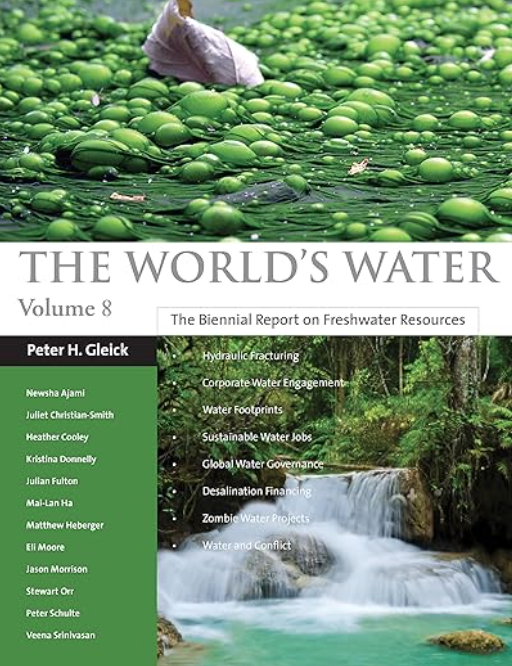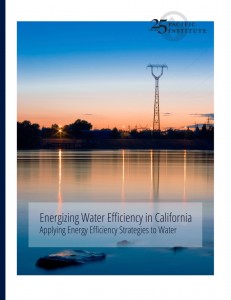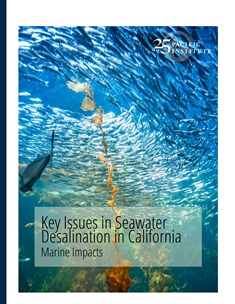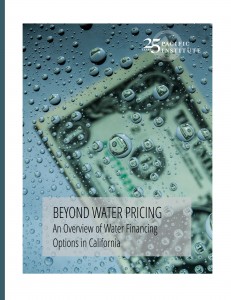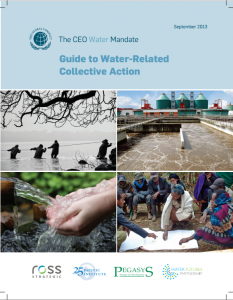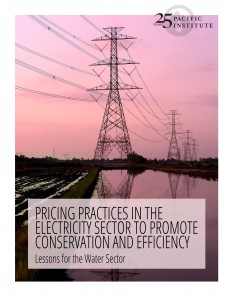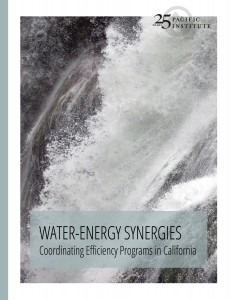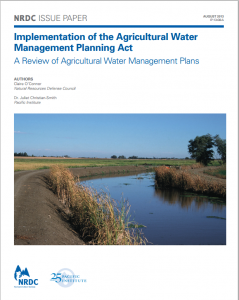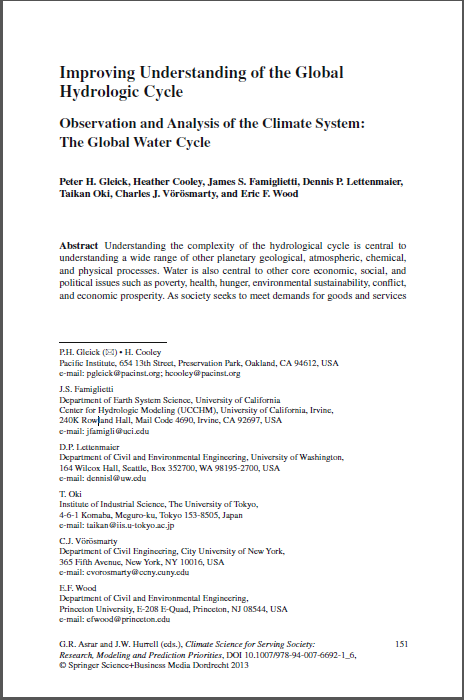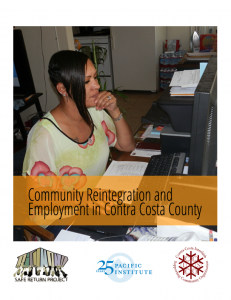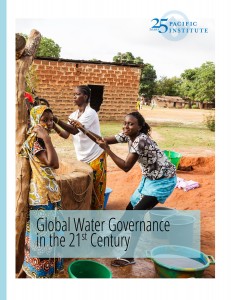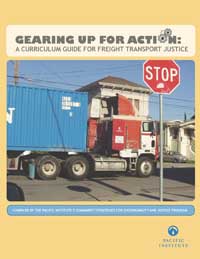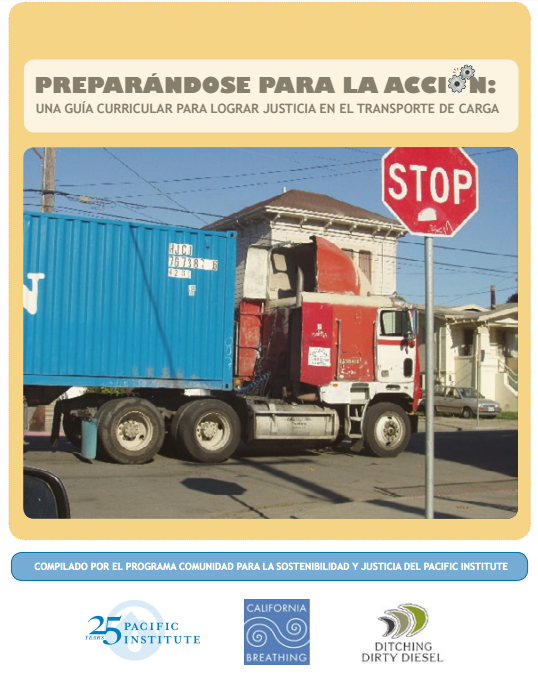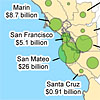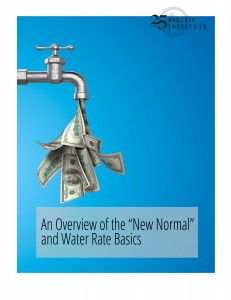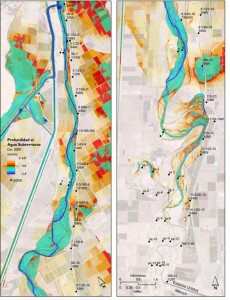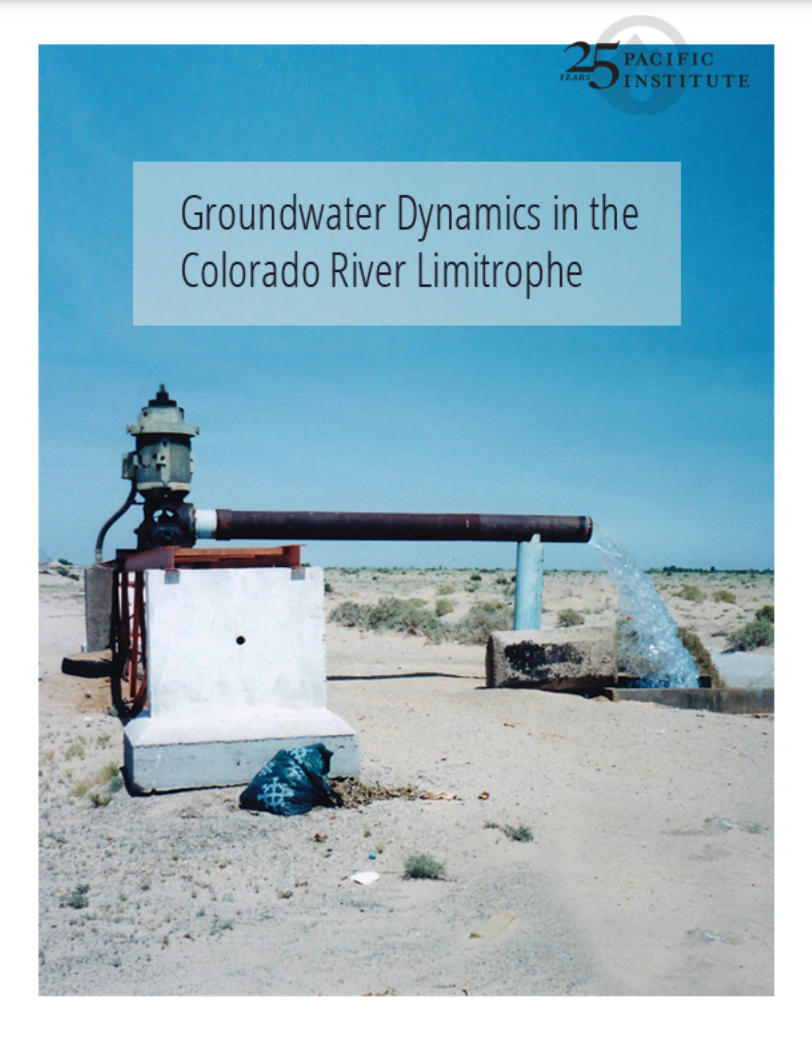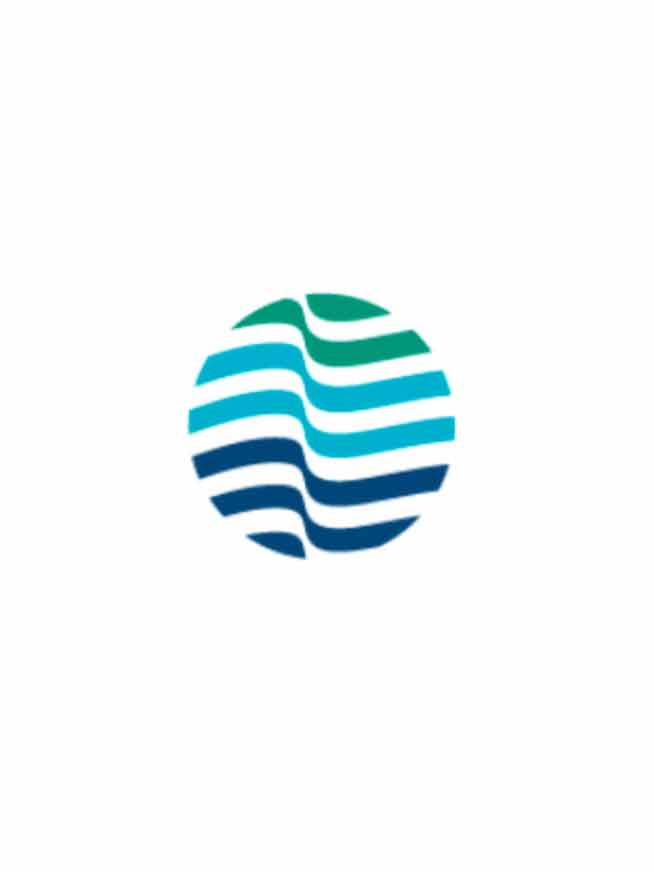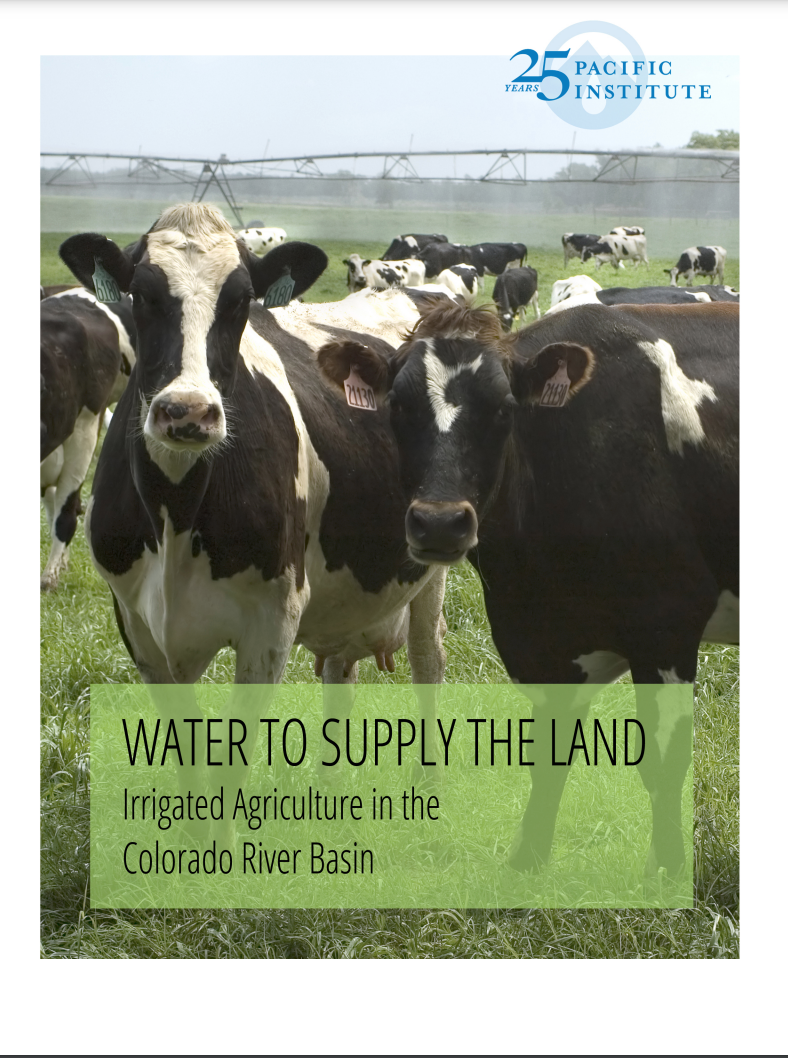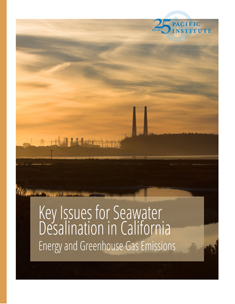This chapter from the book Climate Science for Serving Society: Research, Modeling and Prediction Priorities addresses how understanding the complexity of the hydrological cycle is central to understanding a wide range of other planetary geological, atmospheric, chemical, and physical processes. Water is also central to other core economic, social, and political issues such as poverty, health, hunger, environmental sustainability, conflict, and economic prosperity. As society seeks to meet demands for goods and services for a growing population, we must improve our understanding of the fundamental science of the hydrological cycle, its links with related global processes, and the role it plays in ecological and societal well-being. At the same time, human influences on the character and dynamics of the water cycle are growing rapidly. Central to solving these challenges is the need to improve our systems for managing, sharing, and analyzing all kinds of water data, and our ability to model and forecast aspects of both the hydrological cycle and the systems we put in place to manage human demands for water. We need to improve our understanding of each of the components of the hydrological water balance at all scales, and to understand the spatial and temporal variability in the components of the water cycle. This chapter provides a short summary of current World Climate Research Program (WCRP) efforts and addresses four primary research challenges:


